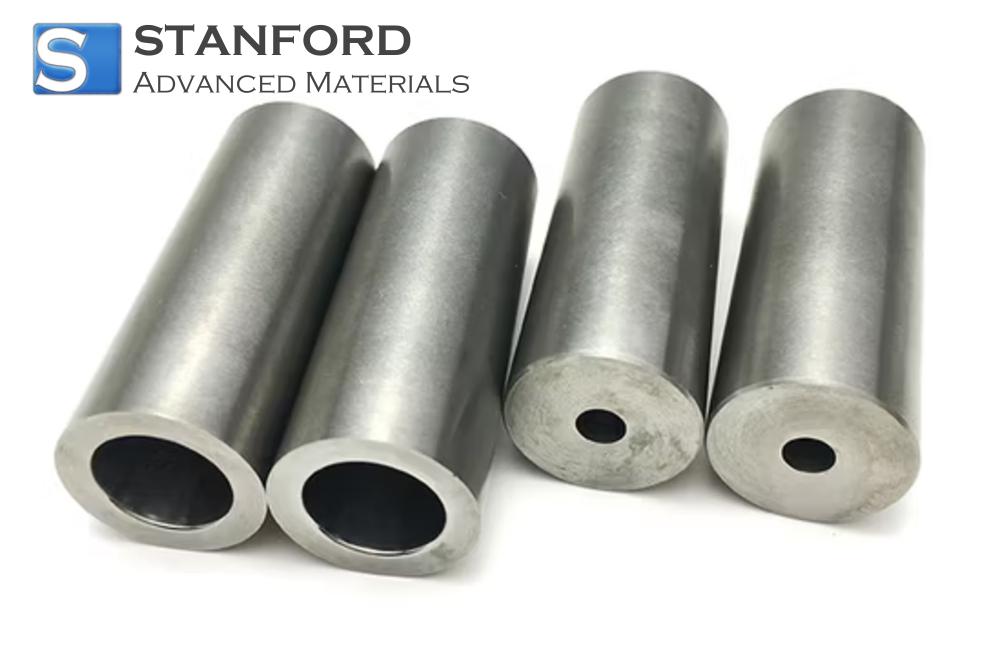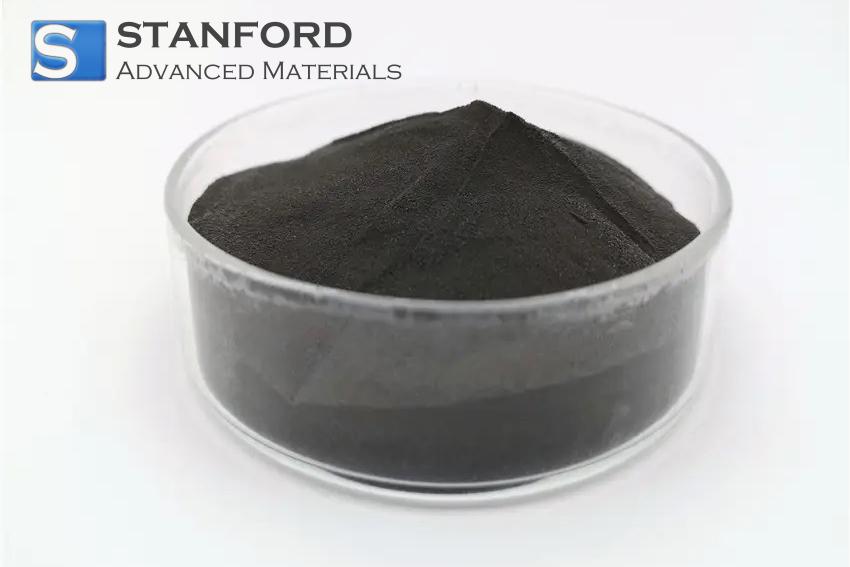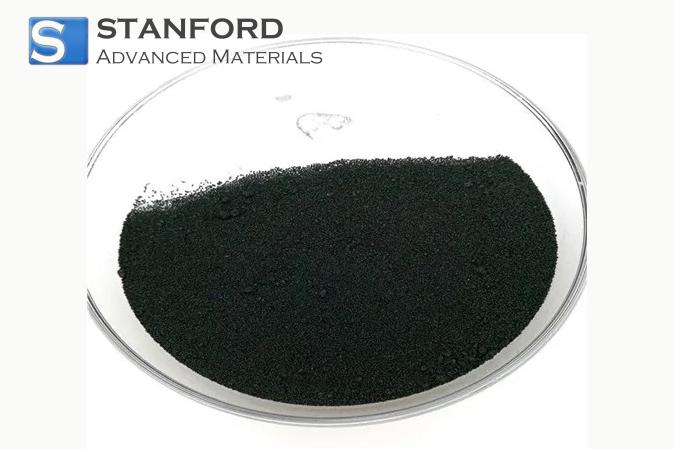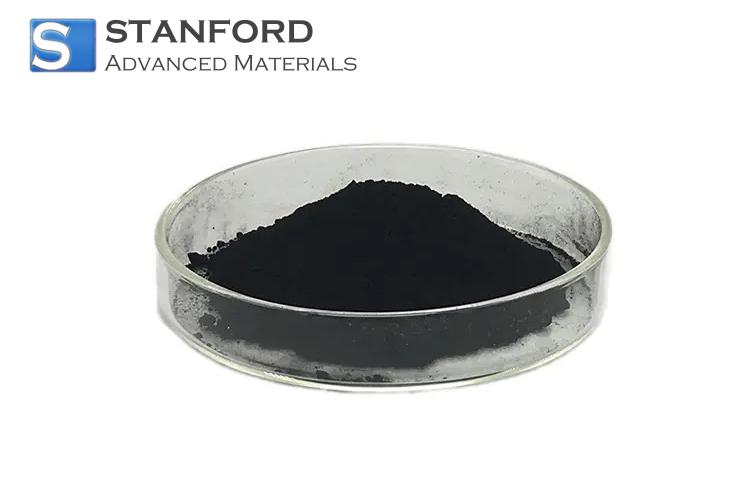Palladium: Element Properties And Uses
Description
Palladium is a precious metal with specific chemical and physical properties. It is utilised in industrial manufacturing, catalysis and high-technology applications.
Introduction to the Element
Palladium belongs to the platinum group metals and has attracted the attention of scientists and industry professionals. Discovered in 1803 by William Hyde Wollaston, it was named after the asteroid Pallas and has since been the subject of detailed academic and industrial investigation. With an atomic number of 46, this transition metal is important in both historical and modern applications. It naturally occurs in combination with other platinum group elements and is generally extracted from complex ore deposits.
Chemical Properties Description
Palladium exhibits several chemical properties that render it valuable for academic research and practical applications. Its resistance to oxidation and corrosion enables it to retain its appearance and reactivity even in harsh conditions. This chemical inertness is a factor in its use in catalysts, whereby it facilitates oxidation–reduction reactions that reduce vehicle emissions.
Furthermore, Palladium forms compounds with various elements. Its common oxidation states are 0, +2 and +4, each contributing to different chemical behaviours. In addition, the element is capable of absorbing hydrogen; it takes up hydrogen gas to form palladium hydride, a property that is used in hydrogen purification and storage systems. In catalytic processes, Palladium acts as an effective catalyst in coupling reactions such as the Suzuki and Heck reactions, thereby enabling the synthesis of complex molecules under mild conditions.
Physical Properties Data Table
|
Property |
Value |
Units |
|
Atomic Number |
46 |
- |
|
Atomic Weight |
106.42 |
g/mol |
|
Density |
12.023 |
g/cm³ |
|
Melting Point |
1554.9 |
°C |
|
Boiling Point |
2963 |
°C |
|
Electrical Conductivity |
9.5 |
MS/m |
Additional information is available at Stanford Advanced Materials (SAM).
General Applications
The industrial applications of Palladium span several sectors.
One common application is in the automotive industry, where Palladium is used in catalysts. In these systems, catalysts based on Palladium reduce harmful emissions by converting toxic gases into less harmful substances before they exit the exhaust system.
In electronics, Palladium is employed for coating purposes, particularly in the manufacture of multi-layer ceramic capacitors and other critical components. Its electrical conductivity and resistance to oxidation contribute to the longevity and reliability of electronic devices.
Palladium is also used in the jewellery industry, where its visual appeal and hypoallergenic characteristics make it a suitable choice for high-quality jewellery and wearable technology.
In addition, Palladium is utilised in dentistry. Palladium-containing dental alloys are valued for their strength, resistance to corrosion and biocompatibility, making them appropriate for crowns, bridges and other dental restorations.
The chemical stability of the element also supports its use in various chemical synthesis processes, including the production of fine chemicals and pharmaceuticals. Its role in catalysis allows for efficient production methods that benefit both small laboratory research and large-scale industrial manufacture.
Preparation Methods
The extraction methods for Palladium have advanced significantly since its discovery. Traditionally, Palladium was obtained as a by-product from nickel and copper mining. Early extraction techniques required several chemical separation processes and were labour intensive. Consequently, modern hydrometallurgical procedures have been developed that extract Palladium from complex ores by acid leaching and solvent extraction.
Recycling has also become an important part of Palladium production. The recovery of Palladium from spent catalysts, electronic waste and other industrial products is increasingly significant given the demand for sustainable procedures. Advanced recycling techniques are employed to separate Palladium from other metals and impurities, thereby returning a substantial proportion of the metal to the production cycle.
Frequently Asked Questions
What is Palladium?
Palladium is a scarce and valuable precious metal that belongs to the platinum group. It is known for its specific chemical and physical properties.
How is Palladium extracted?
Palladium is primarily extracted from ores that occur as by-products during the extraction of nickel and copper, using hydrometallurgical methods and recycling techniques.
What are the common uses for Palladium?
Palladium is used in catalysts, electronics coating, dental alloys and various catalytic processes in chemical synthesis.
How do extraction methods affect the Palladium supply?
Modern extraction methods, including recycling and improved extraction techniques, increase efficiency and contribute to sustainable Palladium production.
What environmental aspects are associated with Palladium?
Sustainable practices such as recycling industrial products and optimised extraction methods help reduce the environmental impact of Palladium production.

 Bars
Bars
 Beads & Spheres
Beads & Spheres
 Bolts & Nuts
Bolts & Nuts
 Crucibles
Crucibles
 Discs
Discs
 Fibers & Fabrics
Fibers & Fabrics
 Films
Films
 Flake
Flake
 Foams
Foams
 Foil
Foil
 Granules
Granules
 Honeycombs
Honeycombs
 Ink
Ink
 Laminate
Laminate
 Lumps
Lumps
 Meshes
Meshes
 Metallised Film
Metallised Film
 Plate
Plate
 Powders
Powders
 Rod
Rod
 Sheets
Sheets
 Single Crystals
Single Crystals
 Sputtering Target
Sputtering Target
 Tubes
Tubes
 Washer
Washer
 Wires
Wires
 Converters & Calculators
Converters & Calculators
 Write for Us
Write for Us





 Chin Trento
Chin Trento



